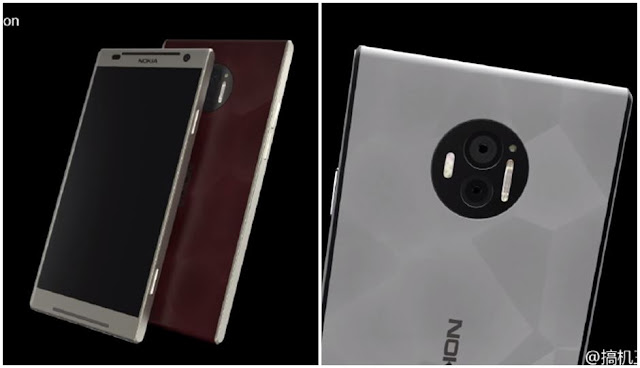This “how-to build weather satellite images, recover” is based upon the Matt Gray’s project on receiving weather satellite image with £8 dongle. Matt Gray is the one who developed image. He is also a part of the famous YouTube video channel “The Technical Difficulties.”
He found out that you can get weather satellite images directly from the satellite when they pass overhead, by just using a $20 review dongle and thus you can build your own weather satellite image receiver!. He received his first image on his 4th attempt.
NOAA 15 northbound 90E at 25 Jul 2015 16:39:04 GMT on 137.62MHz, MSA enhancement, Normal projection, Channel A: 2 (near infrared), Channel B: 4 (thermal infrared)
How to build your own weather satellite image receiver?
According to Matt, several American NOAA weather satellites in a polar orbit around the Earth, each of which will pass the same point below every 12 hours or so. The satellites transmit pictures via FM radio at 137MHz. Using a DAB/FM/Freeview dongle, you can receive this signal on a computer running software-defined radio (SDR) software, and then decodes it into a picture to make your own weather satellite image receiver.
Requirments
Following things are needed to build a weather satellite image receiver at home-
- A Nooelec R820T USB Dongle ($21 on Amazon).
- CubicSDR to tune and receive the signal.
- Soundflower to pipe audio out of CubicSDR into:
- WXtoIMG which automatically records when the satellite should be overhead, then decodes and processes the image. It will also tell you when the satellites are overhead next.
- A 2 meter bit of wire jammed in the screw hole at the base of the tiny antenna (not the MCX connector), in a vain attempt to have something slightly more tuned to 137MHz.
Method to build your weather satellite images receiver:
2.Open Soundflower
3.Open CubicSDR
- Tune to the satellite’s frequency (137.xxMHz) with a bandwidth of 36kHz.
- Set audio output to Soundflower (2ch)
- Make sure the soundcard is set to Soundflower (2ch) in Options->Recording Options
- File->Update Keplers if you’ve never done it before, so it knows where the satellites are
- File->Satellite Pass List will tell you when to expect the pass
5. Set WXtoIMG to auto record File->Record
6.Watch CubicSDR until you see the data lines fade in.
- If the lines aren’t centered, drag it in the top left window until they are. They will drift over time (This is probably due to the Doppler effect).
7. For me, an image faded out of the noise on WXtoIMG when the satellite was above 20 degrees, and looked best once it had reached the highest point and was on its way back down. (I’m assuming this is due to buildings/etc. blocking the signal).
8. If the signal was good enough, WXtoIMG will process it. Enhancements->MSA Multispectral Analysis made it look like a color photo.
You might be able to receive other things with this setup like FM Radio, ADS-B – The signal planes broadcast to say where they are and how fast they’re going or Air Traffic Control signals.
Let us know in the comments what did you get after building this weather satellite image receiver






No comments:
Post a Comment